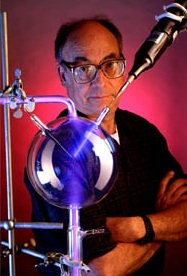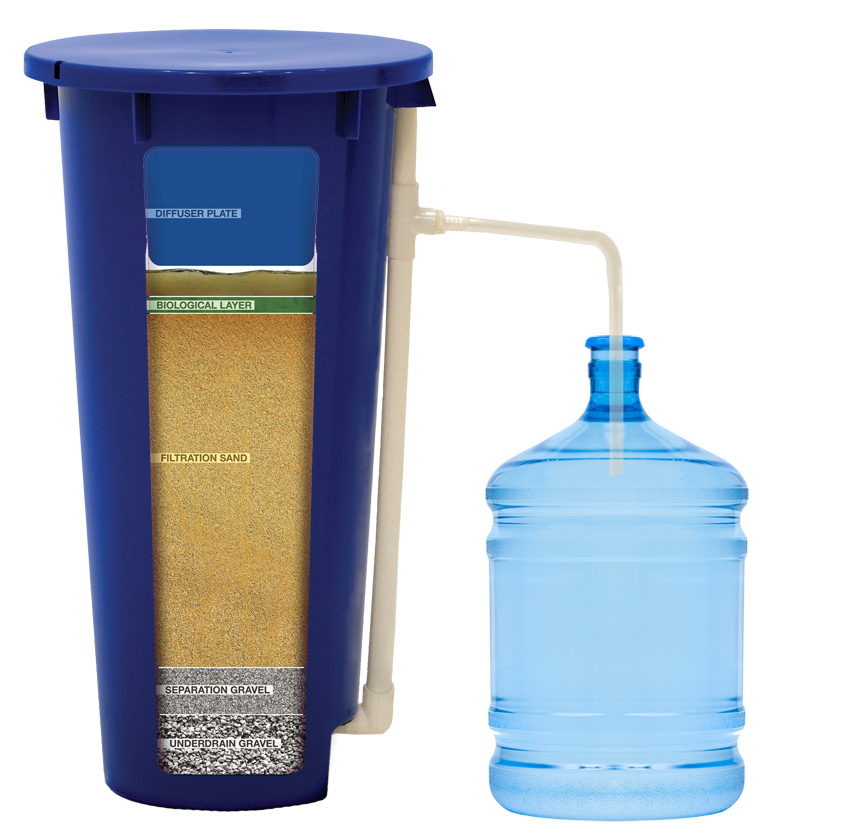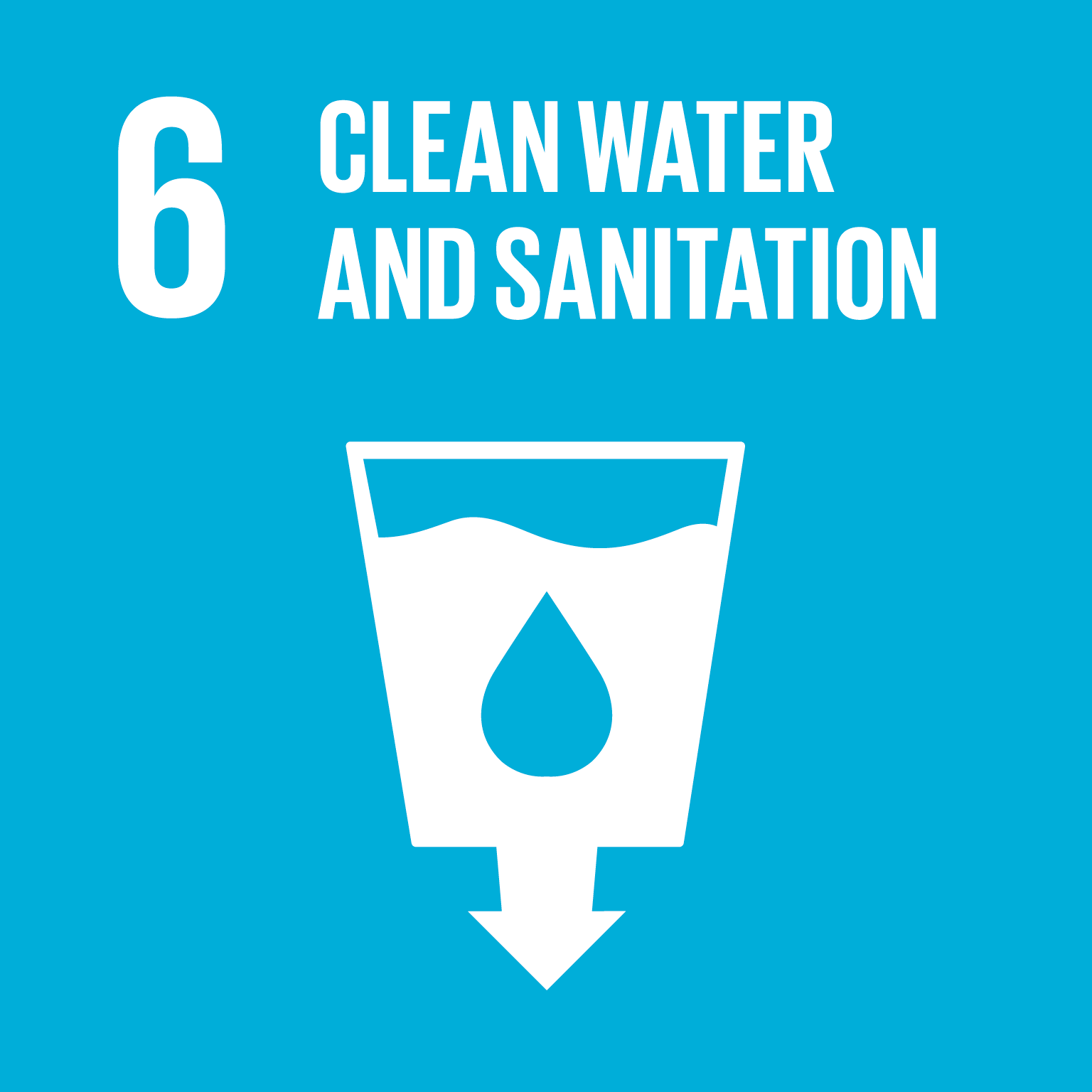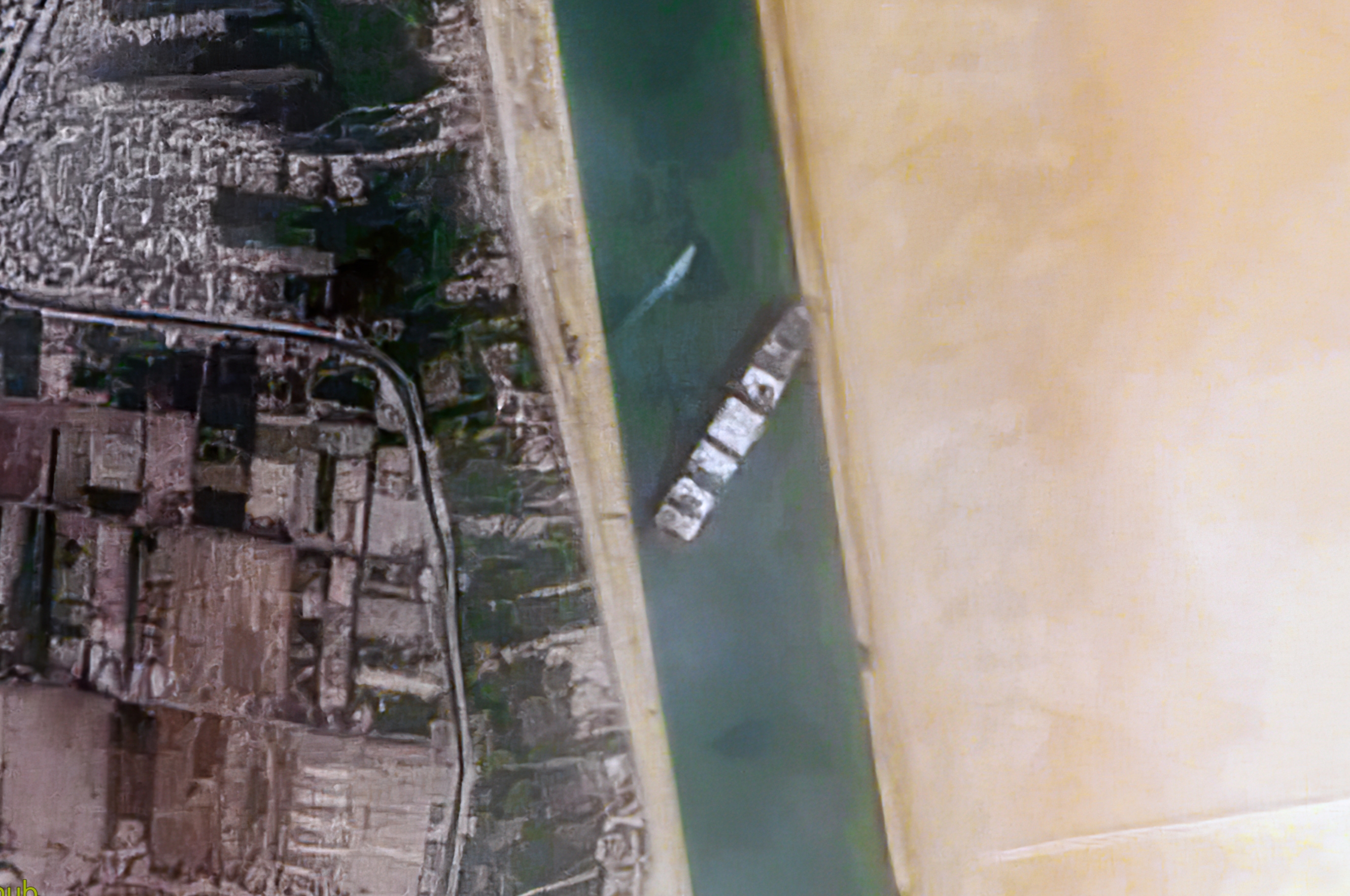
Just 3% of global land but holding 30% of its carbon, peatlands sequester more than all the world’s forests. Yet peatlands don’t often make news, and can go by many local names: bogs, fens, marshes, moors, swamps. By any name, they are part of our climate future.
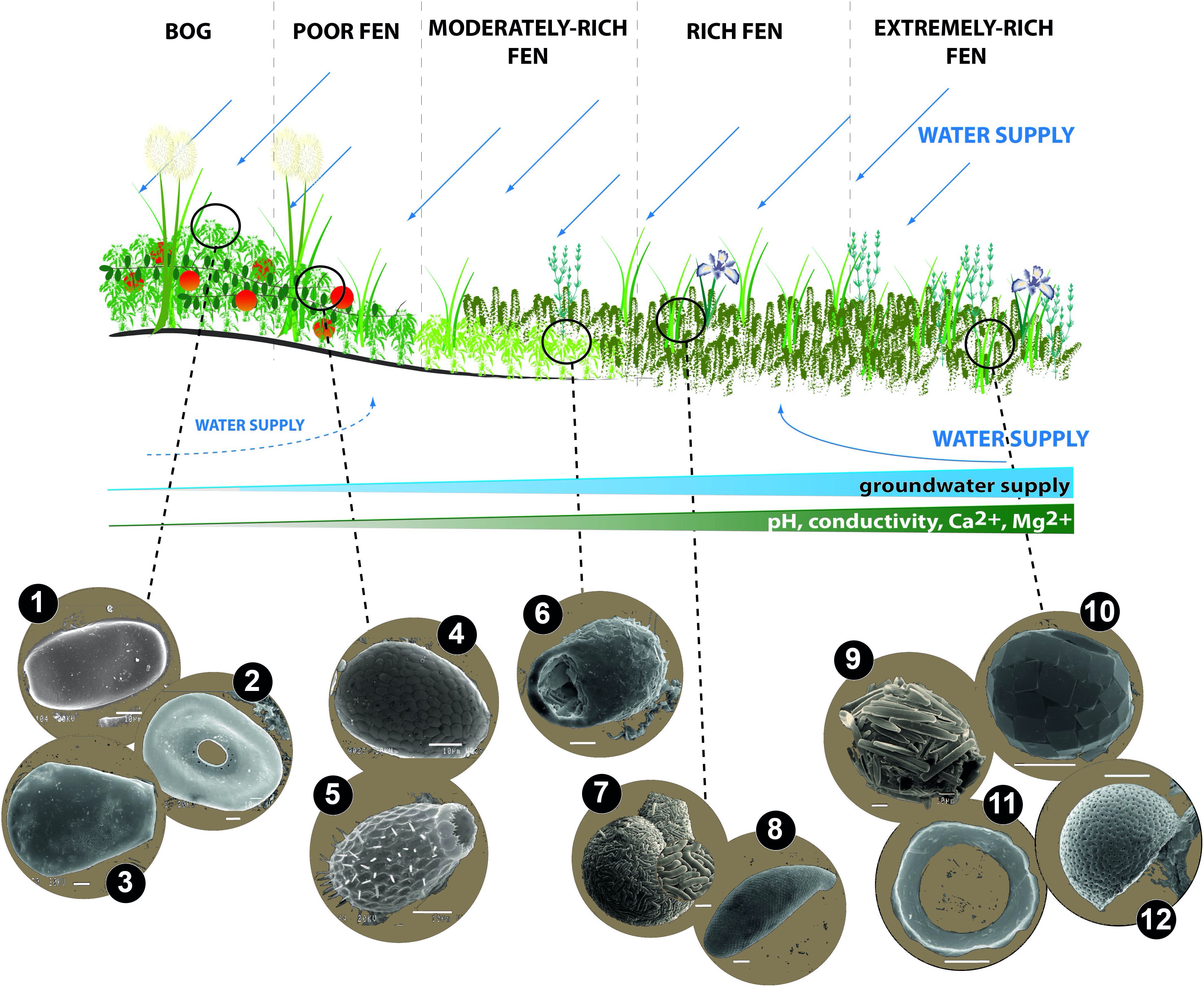
Peat grows in wetlands. When plants wither, the watery environment prevents them from decomposing completely. They become home to microorganisms that produce – more peat. Peat is very valuable to our future because it can regenerate, retain increasingly scarce water, serve as wildlife habitat, and hold carbon.

Seamus Heaney, Nobel Laureate in Poetry, wrote: “They’ll never dig coal here/Only the waterlogged trunks of great firs, soft as pulp.” (Heaney, “Bog,” 1969.) There are two hemispheric types of peat: northern and tropical. In northern climes, especially in lands without coal or oil, like Ireland or Finland, peat was cut for use as fuel. All that carbon flames cheerily in a hearth. But peat burns less efficiently than coal while releasing higher carbon dioxide emissions. In tropical locations like Indonesia and Malaysia, peatlands may be cut to clear land for agriculture, especially palm oil, or to meet food shortages by growing rice.

But harvesting peat does more than reduce peatlands. Cut peat leaves holes in connected peatlands, triggering a process in which peat dries and becomes vulnerable to wildfires that pollute the atmosphere, devastate habitat (in some locations, as many as 900 species call peat bogs home), and release greenhouse gases that drive climate change.

Peatlands are only 3% of the landmass on Earth yet hold 30% of land-based carbon. Can we find ways to keep these climate-essential treasures undisturbed, and restore those that have been damaged? Irelands’s Bord na Móna, owner of vast expanses of peatlands, began a transition strategy in 2020 called “Brown to Green” to move from a peat-based business to a climate solutions enterprise with a strategy to store 100 million tons of carbon in perpetuity. England’s Paludiculture (term for wetland agriculture) Exploration Fund) launched CANAPE (Creating a New Approach to Peatland Ecosystems) in the North Sea region. Cumbrian Bogs LIFE aims to regenerate peat bogs in a short time frame.

In Scotland, Anders Holch Polvsen bought up 200,000 acres of peatlands near noble estates to welcome eco-tourists who will sip tea in the manor house while watching the fields of peat bloom undisturbed. The program is part of Polvsen’s company Wildland; one of the grand hotel homes is Glenfeshie, familiar to Netflix viewers as site of “The Crown.” Japan’s Suntory whiskey brand acquired Jim Beam and set up peat restoration projects as part of a strategic plan to use peat sustainably to flavor spirits while regrowing the same amount to achieve a modern-day equivalent to the Biblical “ever-normal” granary.

Peatlands hold carbon; they can provide carbon credits. That’s why some countries like Scotland and the Netherlands are offering carbon credits. 80% of the cost of rewetting and regenerating peat may be reimbursed. When the regeneration process is verified, carbon credits are issued. Germany’s Moor Futures was the first carbon credit exchange for peatland rewetting. CarePeat and CarbonConnects are other trading systems. While some worry that carbon credits will slow progress on climate response, peatlands may benefit.

Fenway Park reminds us that Boston’s heralded fens, preserved by Frederick Law Olmsted whose “Emerald Necklace” surrounds the city with parks now extended by the Central Artery’s Greenway, may be part of a trend. While usually rural, peatlands can be restored in some cities, too. Peatlands may help us reach our climate goals: that is a home run.
Born na Móna. “Bord na Móna announce formal end to all peat harvesting on its lands.” https://www.bordnamona.ie
Creating a New Approach to Peatland Ecosystems (CANAPE). “Intereg North Sea Region.” European Regional Development Fund. https://northsearegion.eu/canape/
Cumbrian Bogs LIFE. https://youtube.com/watch?v=m45HYe_cxkM&feature=shared
Global Peatlands Initiative. “COP28 Virtual Peatlands Pavillion.” 2023 https://storage.net-fs.com/hosting/61470bb/18/
Heaney, Seamus. “Bogland.” Listen to audio while reading the poem at https://www.ibiblio.org/ipa/poems/heaney/bogland.php
In Defense of Plants.com “Saving Bornean Peatlands is a Must for Conservation.” 5 February 2018. https://www.indefenseofplants.com/blog/2018/1/29/saving-bornean-peatlands-is-a-must-for-conservation-1
International Peatland Society (IPS) https://peatlands.org
O’Grady Cathleen. “Scotland’s billionaires are turning climate change into a trophy game.” 20 May 2022. The Atlantic. https://www.theatlantic.com/science/archive/2022/o5/scotland-climate-change-land-use/629835/
Segal, David. “The Climate Profit Buried in Scotland’s Bogs.” 5 May 2022. The New York Times. https://www.nytimes.com/interactive/2022/05/05/headway/scotland-peatlands-climate-change.html
United Nations. “Convention on wetlands of international importance.” 2 February 1971. https://treaties.un.org/doc/Publication/UNTS/Volume%20996/volume-996-I-14583-English.pdf
United Nations Environment Programme (UNEP). “Global Peatlands Assessment: The State of the World’s Peatlands.” 12 November 2022. https://www.unep.org/resources/global-peatlands-assessment-2022
WildLand Limited. https://wildland.scot
Building the World Blog by Kathleen Lusk Brooke and Zoe G. Quinn is licensed under a Creative Commons Attribution-NonCommercial-NoDerivs 3.0 U








